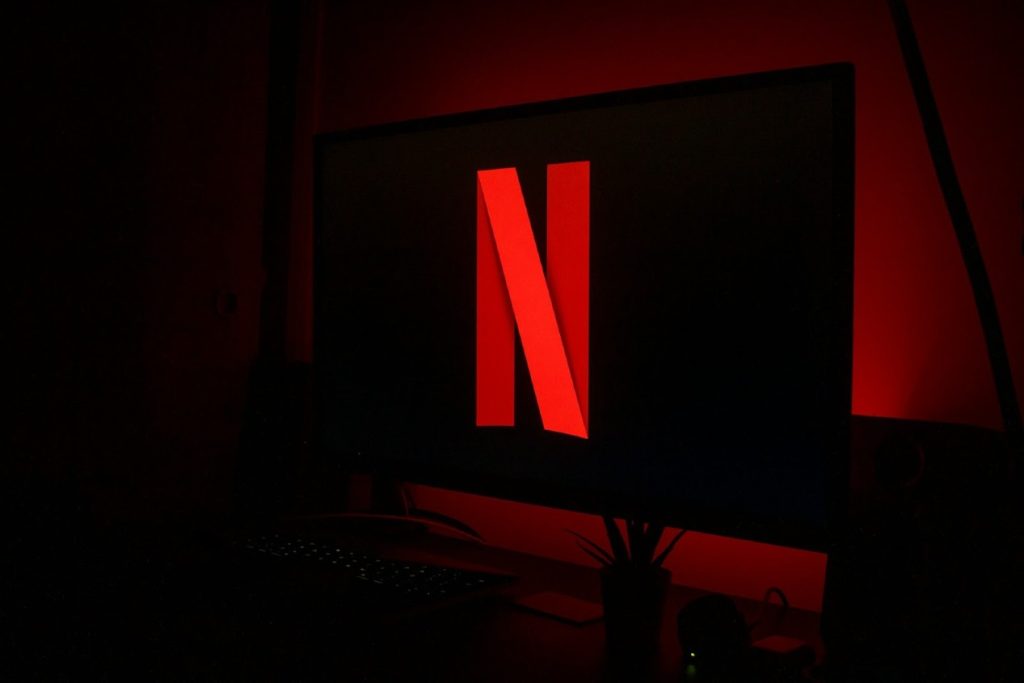How Netflix Changed the Way We Stream - and Why Live Content Is Now the Norm

Streaming didn’t just change how we watch. It changed what we expect. Back when Netflix started mailing DVDs, no one thought it would end with people watching live video game tournaments, real-time poker hands, or virtual roulette tables streamed from a studio. Yet here we are. On-demand content opened the door, but it was just the beginning. Today, streaming is instant, often live, and increasingly interactive, crossing from entertainment into daily habits. The rise of platforms like Twitch, YouTube Live, and online casinos shows that the biggest shift wasn’t to digital TV. It was to real-time content that never stops.
The Netflix Effect: From Queue to Click
Netflix didn’t invent streaming, but it made it normal. What started as a DVD-by-post service quietly shifted into the go-to option for on-demand shows. No scheduling, no ads, no waiting. Binge-watching became part of the culture. That demand for immediacy, of seeing what you want, when you want, turned into something bigger.
By the time Netflix released original content like House of Cards, traditional broadcasters were already behind. Studios no longer held all the cards. Instead, users shaped the demand. This was the tipping point, where convenience overtook programming schedules. Once people got used to streaming, they didn’t want to go back.
Streaming Goes Live: Why Viewers Crave Real-Time Content
It wasn’t enough to just have thousands of shows. People wanted something that felt alive. Streaming gradually moved from static to real-time. Twitch grew from a niche gaming platform into a global broadcast stage. YouTube Live let creators interact on the spot. Music festivals started selling virtual tickets. Sport events were streamed across multiple screens with live chat. It wasn’t just about seeing the content, it was about being there.
What live streaming offers is a kind of presence. Whether it’s a gamer reacting to their audience, a football match broadcast from across the globe, or a live table being dealt in real-time, there’s a sense of immediacy. You’re not watching something pre-packaged. You’re watching it unfold.
Streaming in Unexpected Places: From Meetings to Online Casinos
This live-first approach didn’t stay in entertainment. It crept into work life, online events, and even play. Corporate meetings moved to streamed formats. Panels, lectures, and conferences are now common online fixtures. Audiences expect real-time interaction, not just recorded replays.
Several online gambling sites, like online casino no KYC platforms, have embraced live-streaming in ways that mirror, and often rival, televised broadcasts. Many platforms have high-definition feeds, studio-grade lighting, and professional dealers make the experience feel closer to a night out than a webpage. It’s not just a game, players can wager in crypto with the tedious sign-up processes, and enjoy the benefits of faster and private withdrawals. Live dealer games are a performance, streamed to players around the world.
That demand for realism, for feeling part of the action, has helped live casino sections grow. It’s no longer unusual to find people watching a dealer flip cards or spin a roulette wheel on their phone at lunchtime. Streaming made it acceptable. Live made it exciting.
It’s Not Just About Watching, It’s About Participation
A key reason why live-streaming took off is the way it turns viewers into participants. On Twitch, audiences influence what happens in the game. In live quiz shows, viewers can win actual prizes. In online casinos, players make real-time decisions at the tables. This interaction adds a layer of involvement that on-demand shows can’t match.
It’s also less about production polish and more about presence. Viewers are no longer waiting to be entertained. They’re part of it. They type messages, place bets, react with emojis. Even on platforms like Instagram and TikTok, live feeds aren’t just a bonus. They’re an expected feature.
What Streaming Culture Means Now
We’ve reached a point where being live is part of the appeal. People want content that’s raw, immediate, and unpredictable. That goes for entertainment, for news, for play. Traditional TV struggles to keep up because its model is built around schedule and control. Streaming flipped that on its head. Viewers are in charge now.
Netflix may have started the trend with on-demand, but what followed was a culture shift. It’s not just about seeing the latest show before your friends. It’s about being part of something as it happens, whether that’s a high-stakes poker hand, a football goal, or a streamer reacting to a message mid-broadcast.
What’s Next? Probably More of Everything
The success of live-streaming suggests this isn’t a phase. Viewers want content that moves in real time. They want spontaneity, even if it’s structured. There will still be space for long-form dramas and bingeable series, but the centre of gravity has changed.
Online casinos, game platforms, and even corporate teams are shaping experiences around the idea that live is better. As internet speeds improve and people lean into mobile screens more than ever, the appetite for real-time content will likely keep growing. The tools are in place. The audience is ready. All that's left is to keep streaming.

